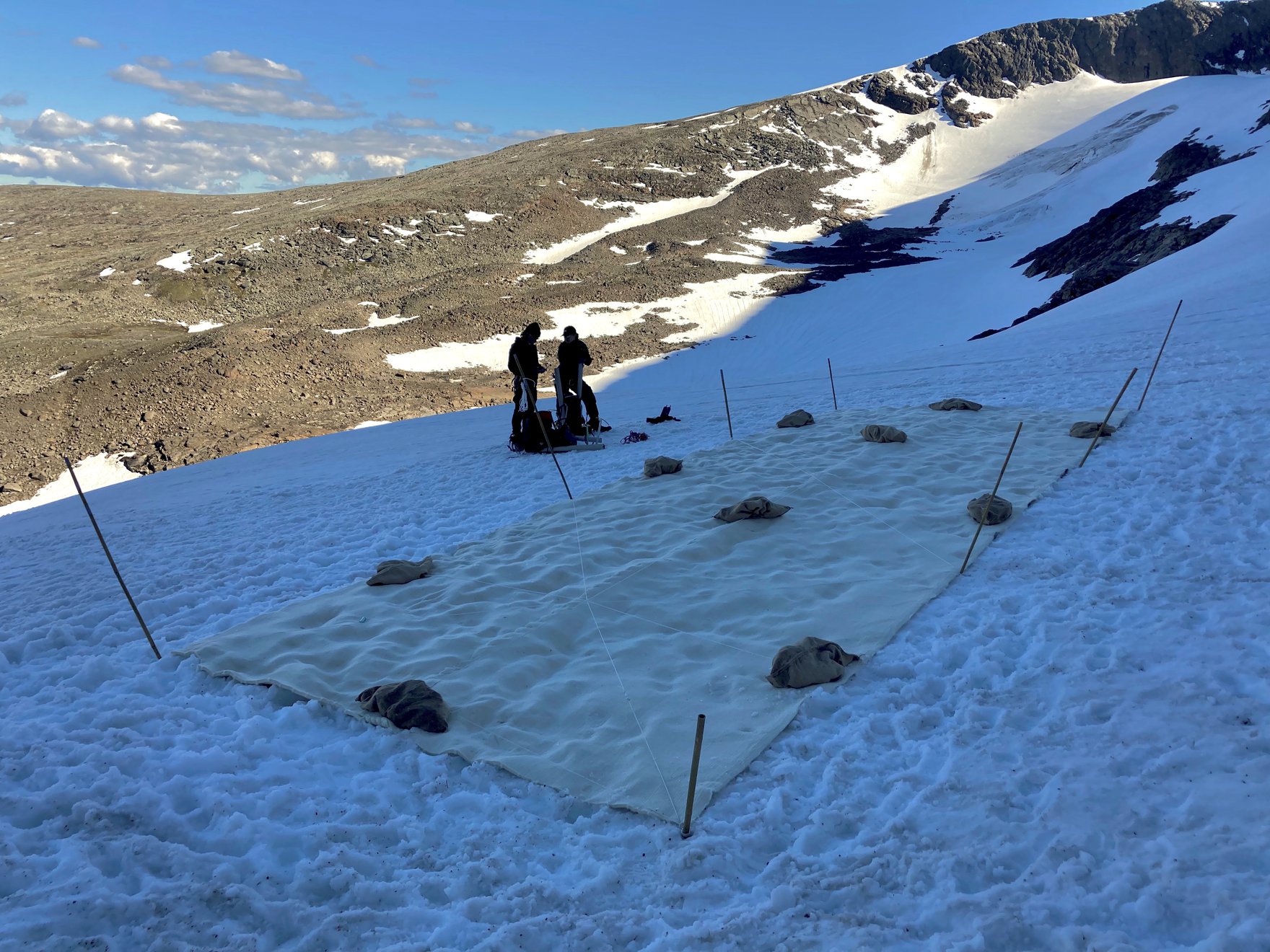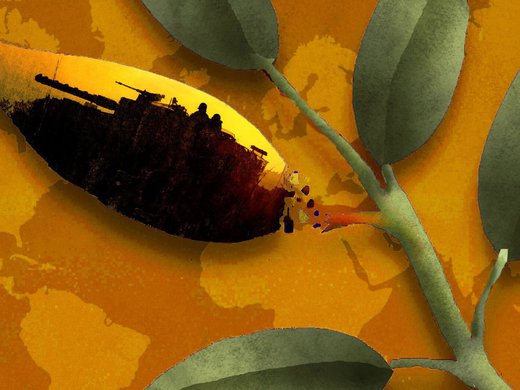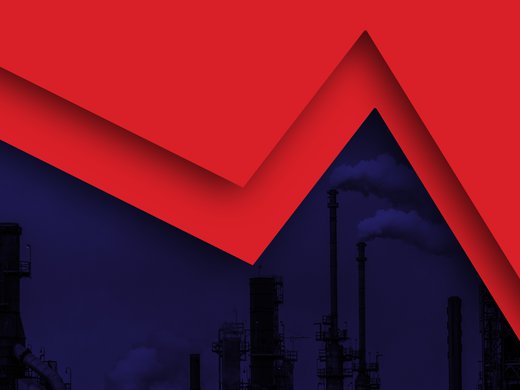As the world’s attention focuses on next month’s UN climate change conference in Glasgow, it is worth remembering that some of the most dramatic changes to the earth’s climate are already appearing in Canada’s North.
Arctic Ocean ice has been receding for decades, opening up routes for not only cruise ships but also, in coming years, freighters and tankers. Although it may seem counterintuitive, the reduction of sea ice may actually make navigating these routes more dangerous, rather than less, as it’s hard to predict where the winds will blow what ice remains.
These changes have also worried security experts concerned about Russian and Chinese vessels in Arctic waters. Do we have a responsibility to the North Atlantic Treaty Organization (NATO) in all this? After all, we are a member of NATO, and a large part of this rapidly changing Arctic is Canadian.
Now, however, as climate change accelerates, it’s clear that much more than shipping and military footprints in the Arctic are at stake. We need to substantially rethink what national security means.
As a recent CIGI report makes clear, climate change impinges on human security in a much broader sense than traditional military concerns would imply.
Crucially, the climate scientists who work on global change suggest that the Arctic, where change has been occurring fastest, is a warning of disruptions yet to come elsewhere. It’s the proverbial canary in the coal mine.
The hazards of a rapidly changing climate are most acutely felt by those who live in the Arctic. The ice pack is no longer predictable for much of the year and isn’t a reliable route for travel in many places. Animal migrations, most obviously those of polar bears, are disrupted. Traditional food supplies are now increasingly unreliable.
Rivers no longer freeze for as long as they used to, which makes transporting supplies to remote mines and settlements via winter ice roads much more difficult.
Stories of melting permafrost are widespread. Foundations for many buildings are being undercut. In many places roads have required numerous repairs, as has the railway to Churchill, Manitoba. Cellars for storing food, which used to keep food frozen all year round, are warming up too; nature’s fridges don’t work in many places any more.
Coastal settlements are vulnerable as permafrost melts and the waves erode land no longer held in place by freezing. Some communities are going to need to be relocated — a troubling prospect, given the disastrous consequences of the forced relocations of some Inuit communities back in the early years of the Cold War.
If communities must move, creating Canada’s very own climate refugees, then this move needs to be planned carefully, with Indigenous communities making the important decisions. Security in these circumstances requires thinking ahead, anticipating disruptions and preparing to move in a timely fashion before disaster forces emergency action.
Clearly, being able to anticipate what’s coming is important and further research is needed, by both climate scientists and system modellers, as well as by social scientists who understand the changing cultural and political circumstances of Arctic peoples.
Building new facilities in the Far North — in particular, airfields with runways on solid ground, rather than melting permafrost — is critical. We also need to monitor both environmental changes and the growing presence of ships as the ice recedes, and, should the worst happen, transport emergency aid to those in need.
Canada is to host a new NATO Centre of Excellence on Climate and Security, which is urgently needed to move thinking ahead quickly on climate disruptions, in the Arctic and far beyond.
Slowing climate change by moving all aspects of our economy and our lives rapidly away from fossil fuels is essential. That’s job number one; as most of the delegates heading off to the twenty-sixth annual summit of the Conference of the Parties understand, it’s key to a secure future.
The Arctic is already teaching us that what is most important in our new circumstances is the ability to adapt. Climate resilience must move to the forefront of Canadian national security.



